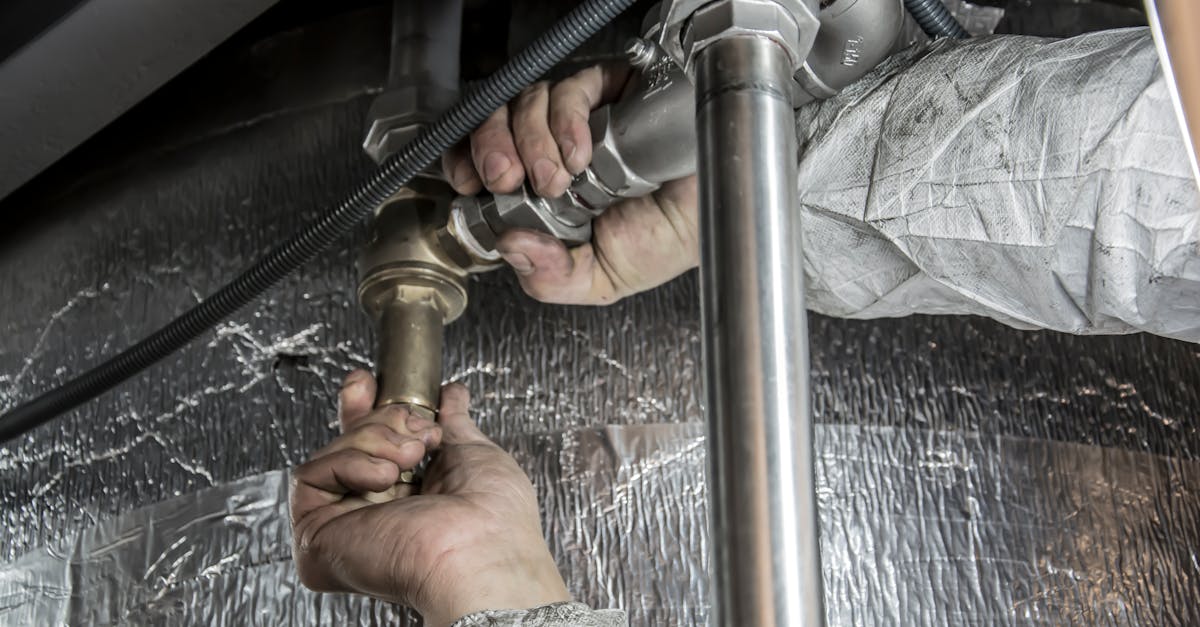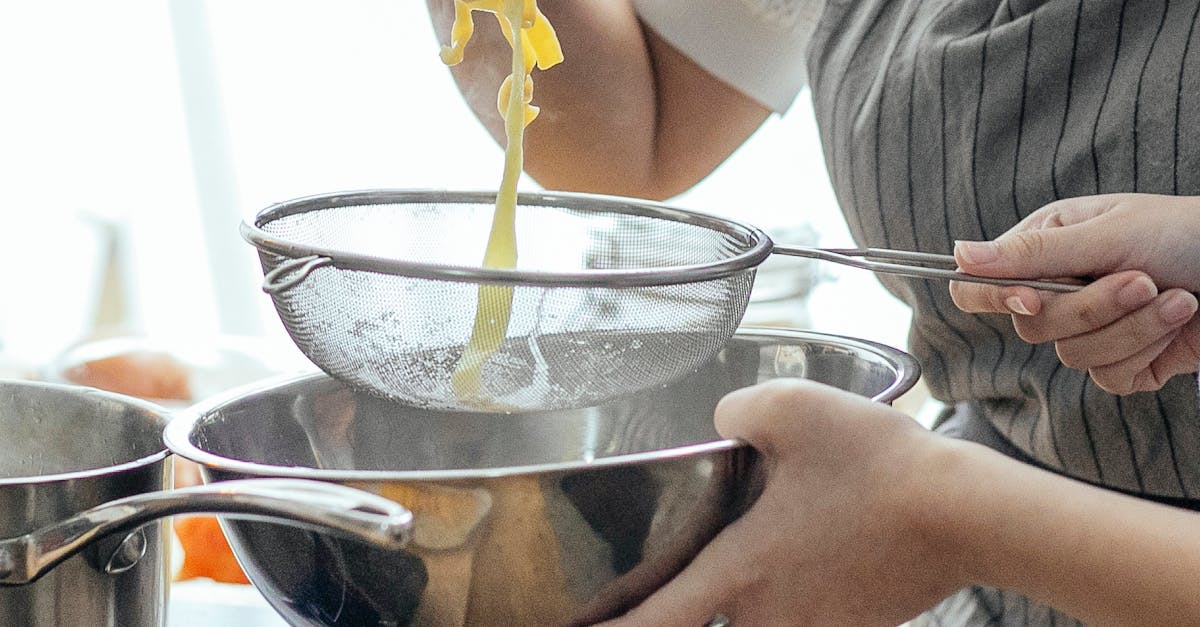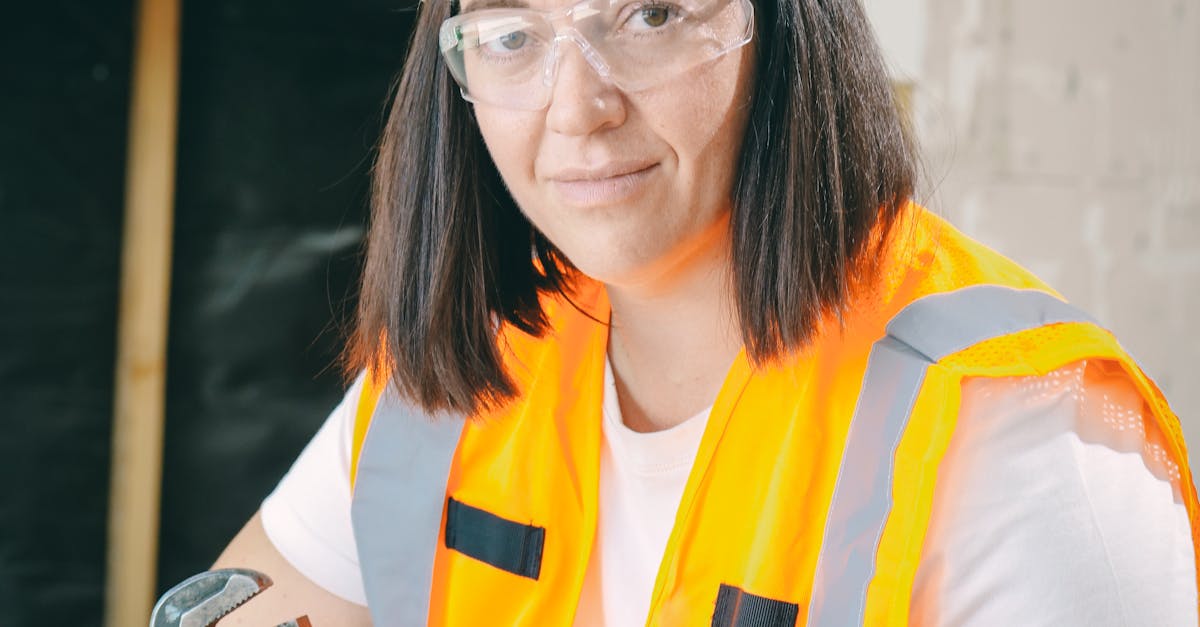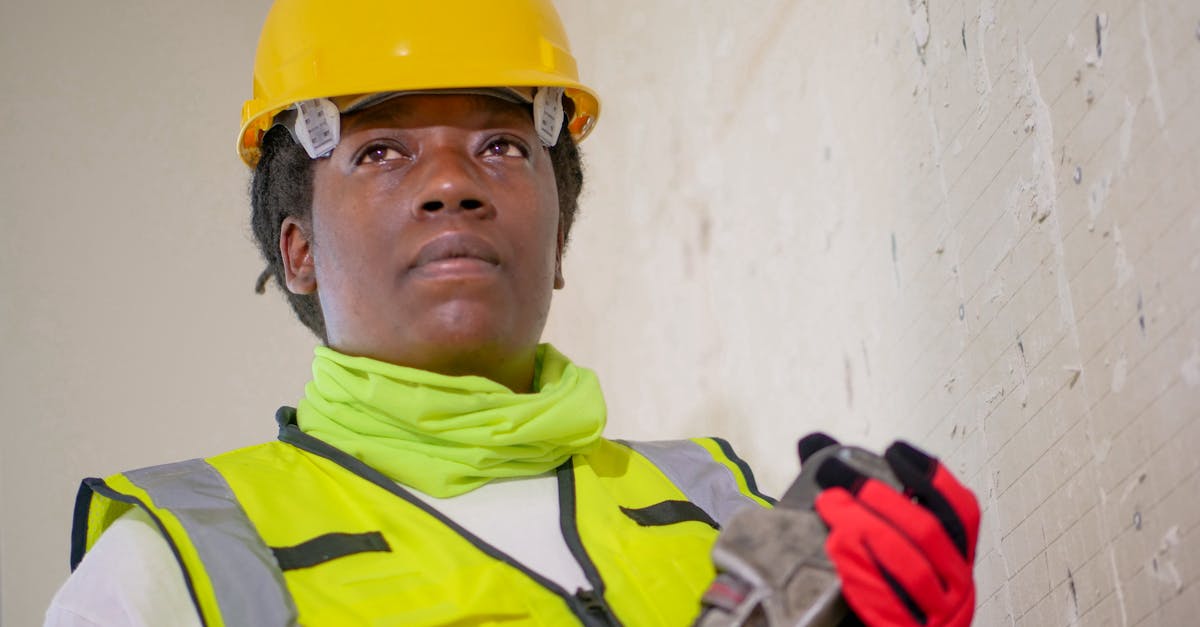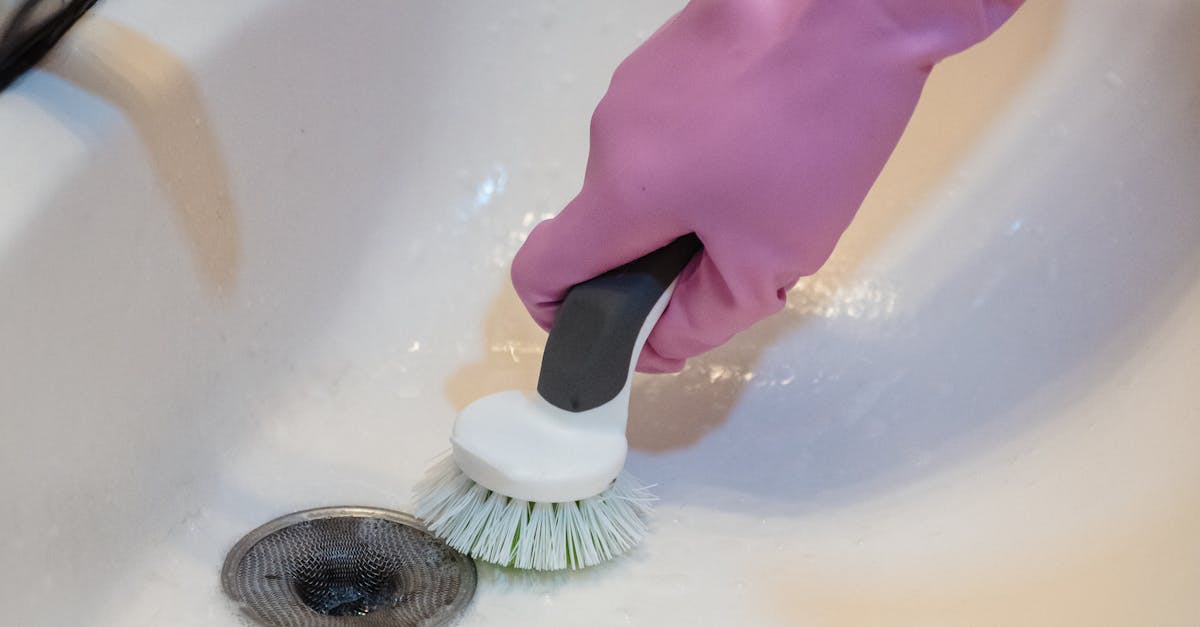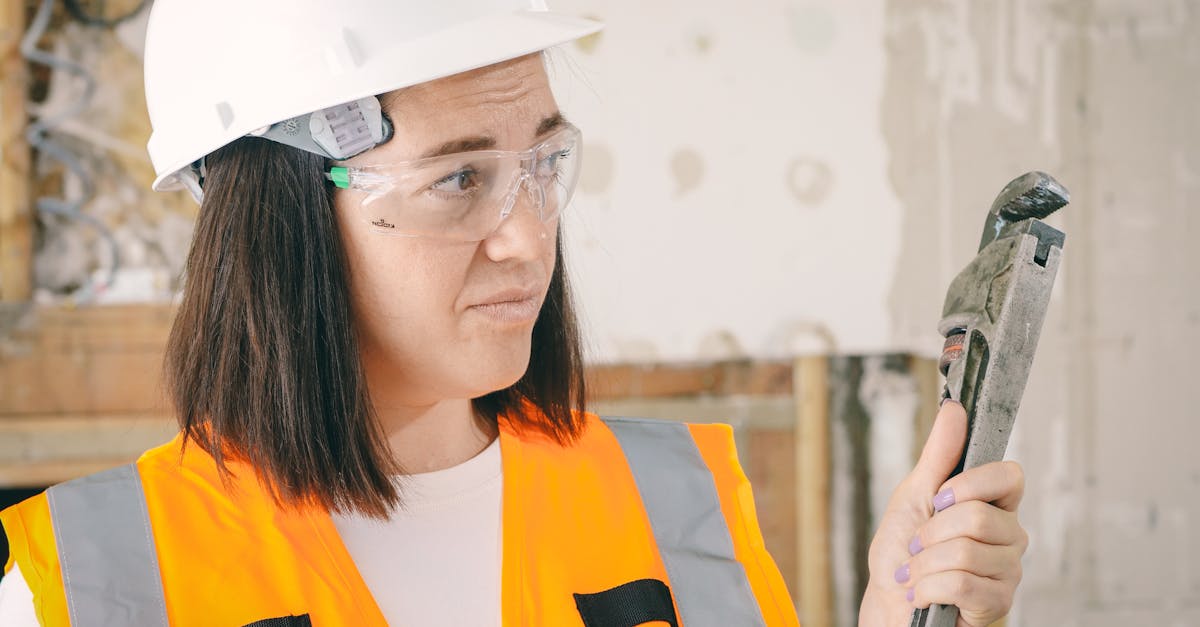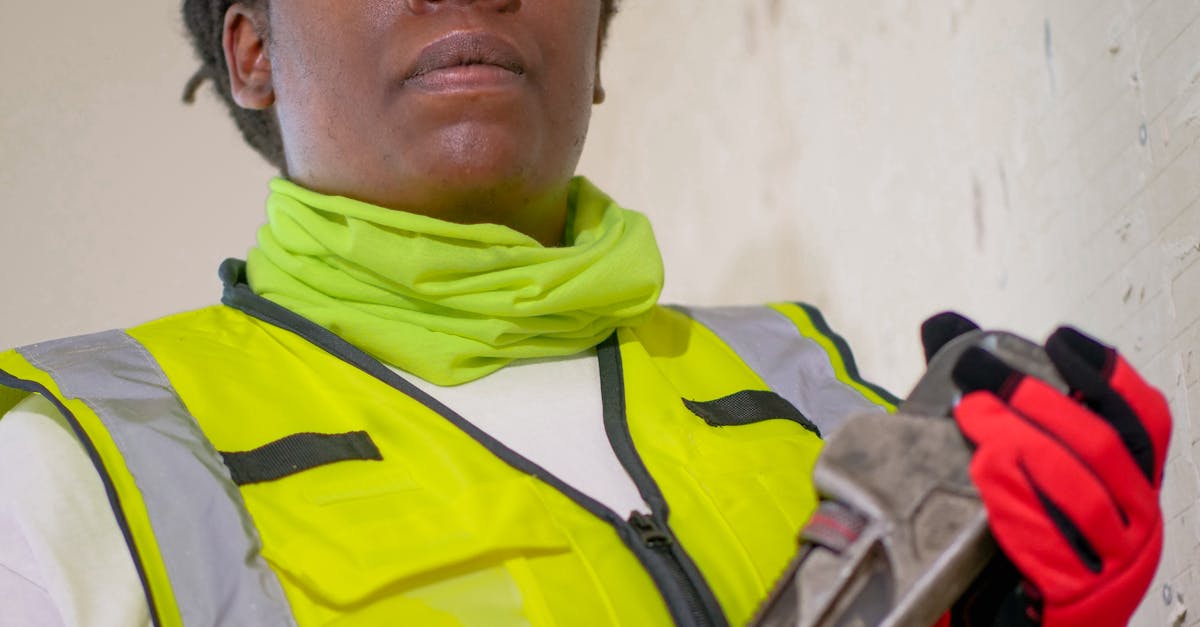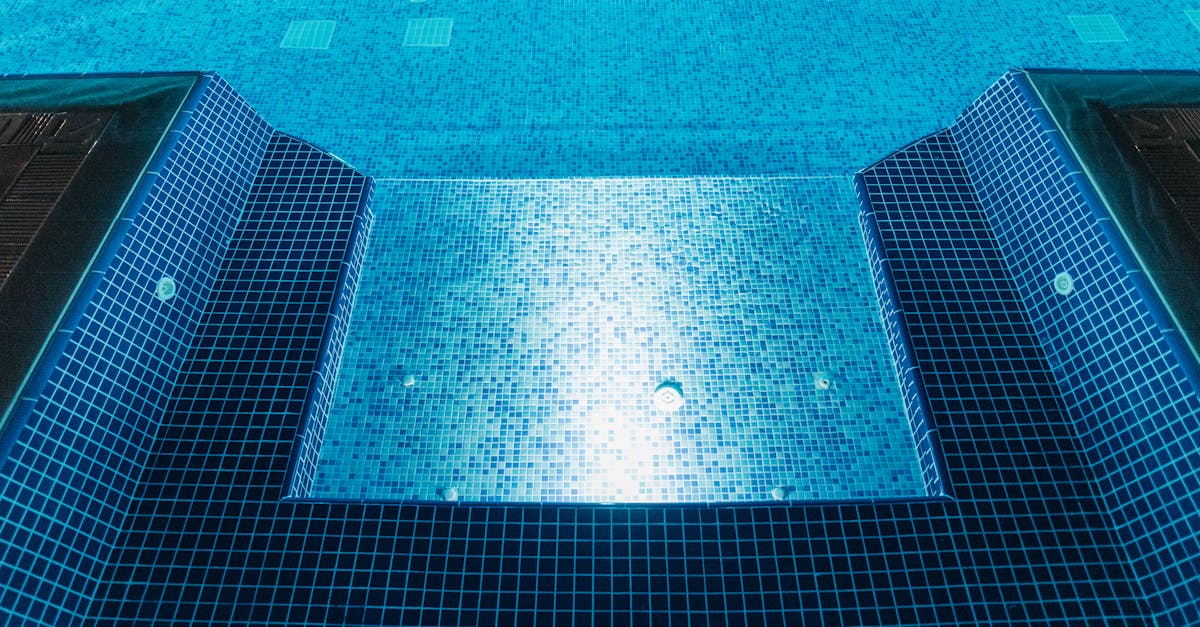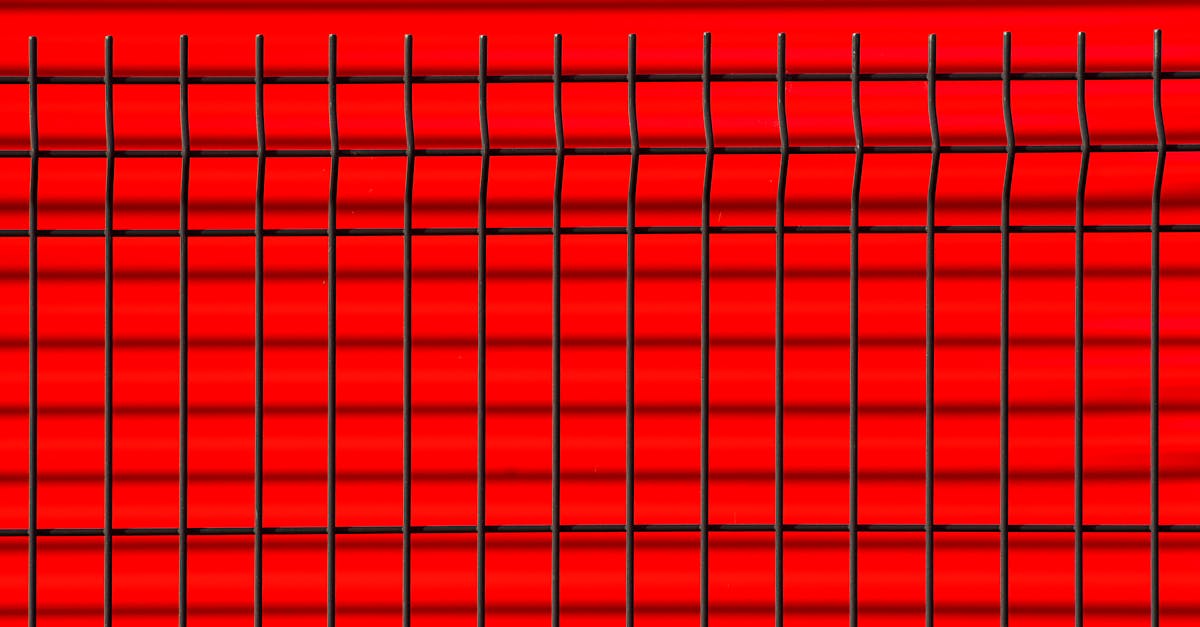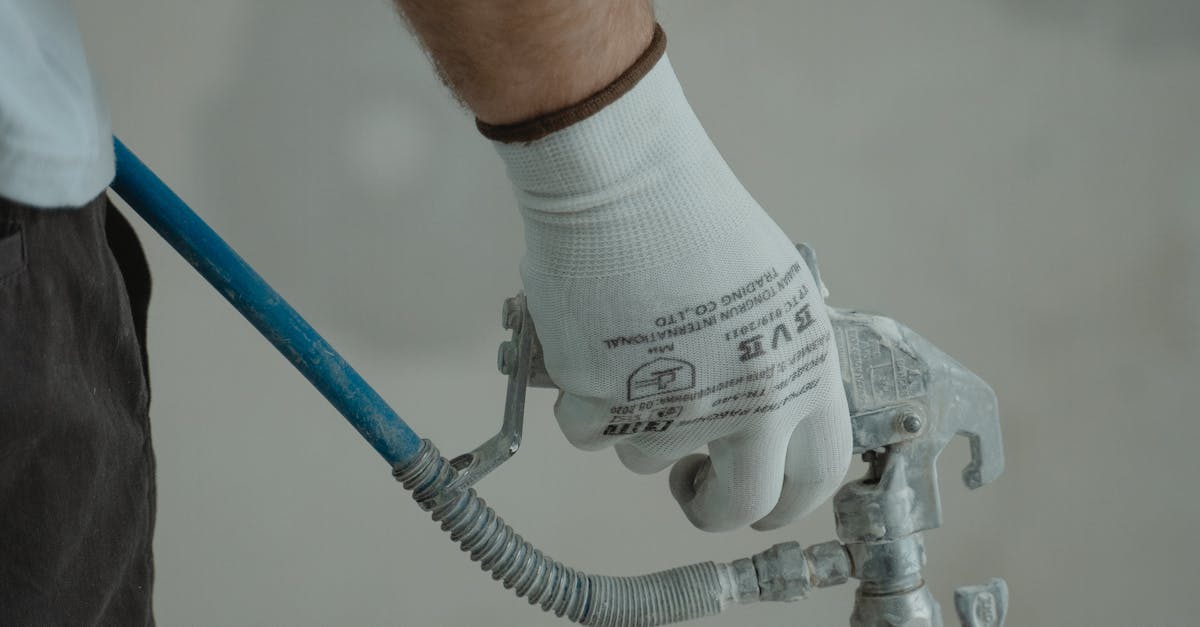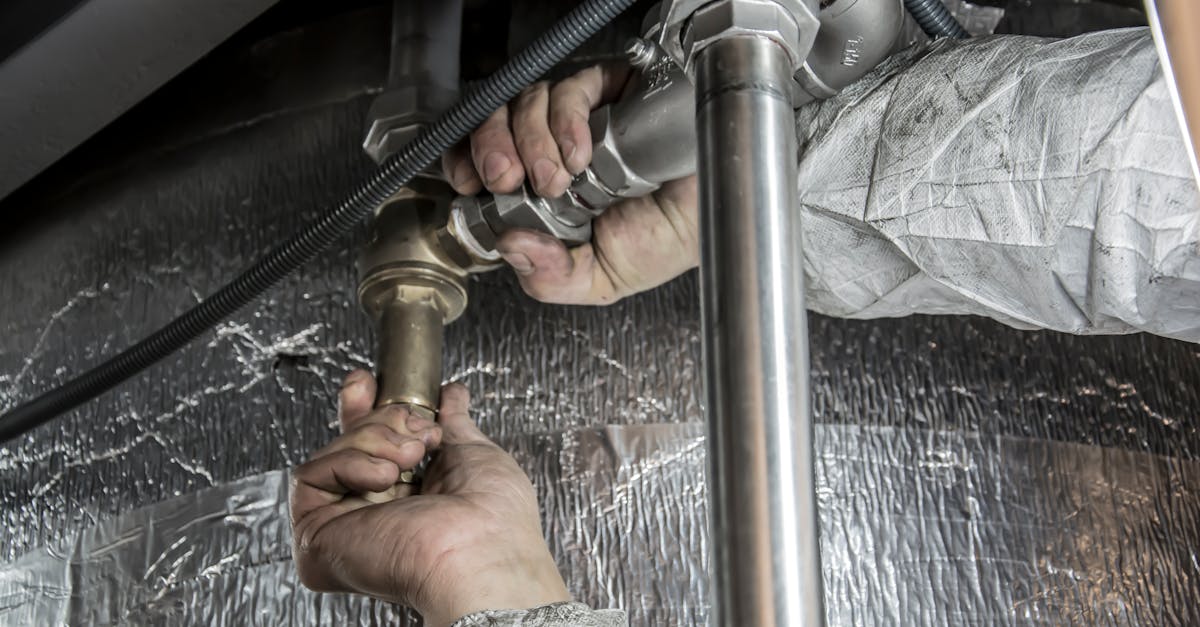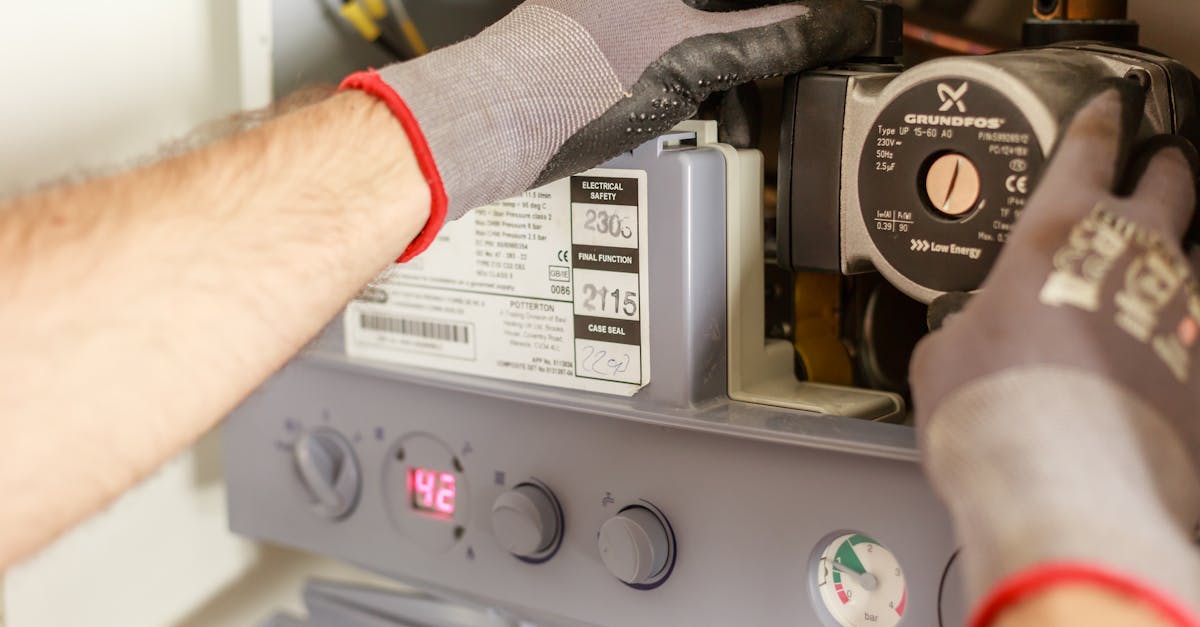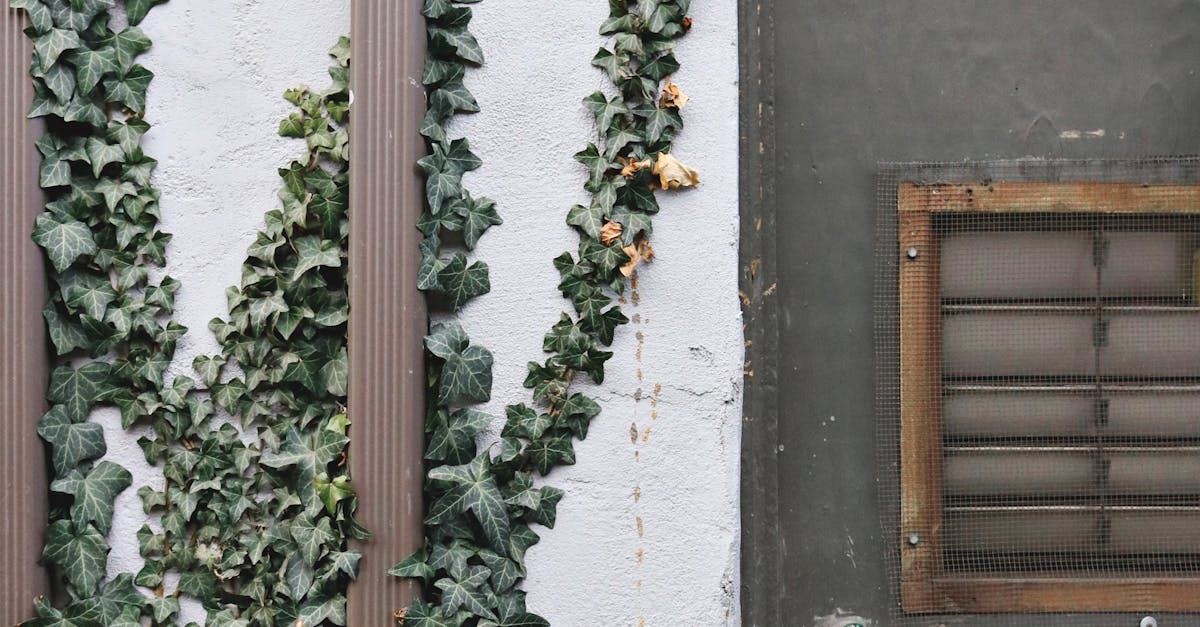
Table Of Contents
Removal of Old Toilet
Removing an old toilet can involve several costs. First, there may be fees associated with the labour of a plumber, especially if plumbing skills are necessary to disconnect the water supply and remove the toilet from the floor. Homeowners might manage the removal themselves, but this requires some knowledge of plumbing and the right tools to avoid potential damage.
Disposal of the old toilet adds another layer of expense. Some areas may have fees for disposing of large items at local waste facilities. Alternatively, hiring a professional might include the cost of responsibly disposing of the toilet. Considering these factors is essential as part of the overall budget for toilet installation and repair to ensure a smooth and cost-effective process.
Costs Associated with Disposal
Disposing of an old toilet can incur additional costs that homeowners often overlook. Many local waste management facilities charge fees for the disposal of bulky items like toilets. Some plumbers include this fee in their service costs, while others may charge it separately. Budgeting for this expense is crucial, particularly for those opting for professional toilet installation and repair, as it can impact the overall financial outlay.
In some cases, recycling the old toilet can be a more cost-effective and environmentally friendly option. Certain companies offer services to pick up and recycle old plumbing fixtures, which may come at a reduced rate compared to standard disposal methods. It is important to research local policies and options available for recycling toilets, as this can not only save money but also contribute to sustainable practices in the community.
Potential Hidden Costs
During toilet installation and repair, homeowners should be aware of potential hidden costs that may not be immediately obvious. Issues like old plumbing, which may have deteriorated over time, can complicate the installation process. If the existing pipes are found to be damaged or incorrectly sized, this could necessitate additional repairs or replacements, adding to the overall cost of the project. Similarly, any necessary modifications to the bathroom’s water supply lines or drainage system can quickly escalate the expense beyond what was initially budgeted.
Consideration should also be given to the condition of the flooring. If your old toilet has been in place for a long time, the surrounding floor could have developed damage or water stains that require repair prior to installing a new unit. Moreover, if the toilet area is not level, adjustments may be needed to ensure proper installation, which can further inflate costs. Being prepared for these potential hidden costs can help homeowners make informed decisions in their toilet installation and repair projects.
Plumbing Repairs and Modifications
When installing a new toilet, it is important to consider plumbing repairs and modifications that may be necessary. The existing plumbing may not align with the new toilet's requirements, leading to potential adjustments to the water supply line or drainage system. In many cases, older homes may require additional modifications to accommodate modern fixtures, which could involve moving pipes or upgrading existing plumbing systems. These changes can lead to additional labour costs, so it's essential to factor them into the overall budget for the toilet installation and repair.
Another consideration is the condition of the existing plumbing. If there are any signs of wear or leaks, addressing these issues during the toilet installation process can prevent future problems. Upgrading outdated plumbing components can enhance the overall performance and longevity of the new toilet. Consulting with a professional plumber can provide valuable insight into what modifications are needed and the associated costs, ensuring a smooth installation process.
Options for Toilet Styles
Toilet styles vary significantly, catering to different preferences and bathroom layouts. One common choice is the one-piece toilet, which features a seamless design for easy cleaning and a sleek appearance. These models often take up less space, making them ideal for compact bathrooms. Alternatively, two-piece toilets consist of a separate tank and bowl. This design is usually more affordable and offers greater flexibility when it comes to replacement parts. Homeowners may choose based on aesthetics, budget, or specific functionality needs.
When considering toilet installation and repair, it's essential to factor in the style that best suits your space. The range goes beyond just looks; efficiency and water usage should also be evaluated. Dual-flush systems are becoming increasingly popular, as they allow users to choose between different flush volumes, promoting water conservation. The right style can enhance both the functionality and visual appeal of a bathroom, making the decision an important one for any renovation or new build.
OnePiece vs. TwoPiece Toilets
When considering toilet options, one-piece and two-piece designs offer distinct advantages. One-piece toilets integrate the tank and bowl into a single unit, providing a sleek aesthetic and often making cleaning easier due to fewer seams. Their compact nature can also be favourable in smaller bathrooms. This seamless design may also contribute to improved flushing efficiency, which can be a significant factor in decision-making.
On the other hand, two-piece toilets consist of a separate tank and bowl, which can be more convenient for transport and installation. In cases of plumbing repairs, replacing just one component can be more cost-effective than replacing an entire unit. Choosing between these options depends on personal preference, budget, and considerations regarding toilet installation and repair. Each type has its pros and cons that can impact both short-term and long-term costs.
FAQS
What is the average cost for installing a new toilet in Australia?
The average cost for installing a new toilet in Australia typically ranges from $300 to $1,200, depending on the type of toilet, labour costs, and any additional plumbing work required.
Are there any additional costs associated with removing an old toilet?
Yes, there can be additional costs for the removal and disposal of an old toilet, which may range from $100 to $300 depending on local disposal fees and the complexity of the removal.
What are some hidden costs to consider when installing a new toilet?
Hidden costs may include plumbing repairs, modifications to existing plumbing, or the need for new fittings and fixtures, which can add an extra $150 to $500 to the overall cost.
What is the difference between a one-piece and a two-piece toilet regarding cost?
Generally, one-piece toilets tend to be more expensive due to their seamless design and easier installation, while two-piece toilets are more affordable but may require more assembly and space.
How can I save money on toilet installation?
You can save money by shopping around for competitive quotes, opting for a less expensive toilet style, and potentially installing the toilet yourself if you have the necessary skills and tools.
